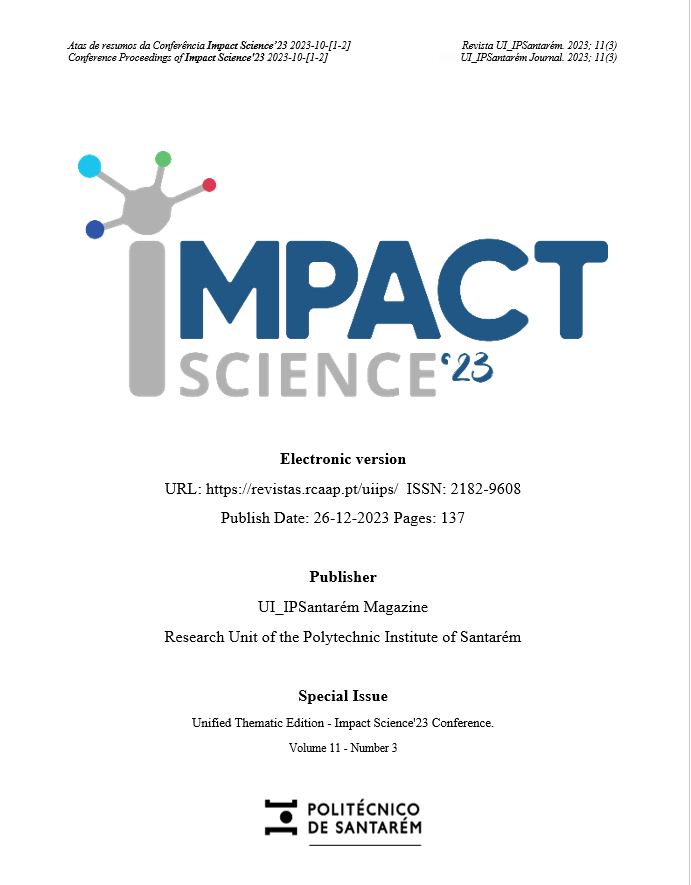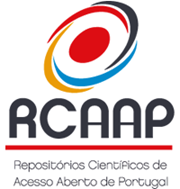Influence of Blue LED Light on Fungi and Bacteria Growth In Vitro
DOI:
https://doi.org/10.25746/ruiips.v11.i3.32226Keywords:
Bactericidal, Light-emitting diode, MicroorganismsAbstract
LEDs, or light emitting diodes, are semiconductors capable of transforming electric current into an incoherent light spectrum, where the depth of penetration reached by it varies according to its wavelength and can affect cell metabolism, triggering intracellular photochemical reactions ( OPEL et al., 2015). Currently, there are numerous studies indicating the effect of visible light on the inhibition of pathogen growth, mainly related to blue light (400-500 nm). It is believed that the mechanism of action by which the blue LED acts is actually related to the excitation it causes in porphyrins, photosensitive substances synthesized by bacteria. In the laboratory, samples of carrots, beets, lettuce and cabbage measuring 1 cm x 1 cm were exposed to blue LED light by the Fluence HTM LED equipment, at a wavelength of 470 nm in two different exposure times, at a distance of 5 centimeters. Then, the samples were inoculated in Petri dishes containing PDA culture medium and incubated at a temperature of 25 degrees Celsius for 10 days. For each vegetable, 4 samples were used per plate, with 4 repetitions, in exposure times of 3 minutes and 5 minutes, and 4 plates used as a control, whose samples were not submitted to LED exposure. The plates were visually evaluated for inspection of the number of bacterial colonies and fungal growth through identification of hyphae. In none of the treatments, for all the vegetables analyzed, there was a decrease in the growth of microorganisms, both for the exposure time of 3 minutes and for the exposure time of 5 minutes, when compared to the control. Other tests were carried out in the laboratory with infected and disinfected samples (with 70% alcohol and sodium hypochlorite) of carrots, beets, lettuce and cabbage measuring 1 cm x 1 cm and subjected to exposure to blue LED light using the Fluence HTM LED equipment, at wavelength 470 nm at a distance of 5 centimeters. For each vegetable, 4 samples were used per plate, with 4 replications, 2 replicates being infected and 2 replicates disinfected, within an exposure time of 15 minutes and 2 plaques used as a control, one infected and the other disinfected, whose samples were not subjected to LED exposure. After the analysis of the plates, a decrease in the growth of microorganisms was observed in the treatments only in the disinfected repetitions, when compared with the control. In none of the tests, a decrease in the growth of microorganisms was observed for the exposure time of 3, 5 and 15 minutes under LED light at 470 nm. According to Lubart et al. (2011), blue light at 415 nm is better for decreasing bacteria. Blue LED light is an emerging technology with the potential to revolutionize the way we control microorganisms in food in an effective, safe and environmentally friendly way.
Downloads
Published
How to Cite
Issue
Section
License
Copyright (c) 2023 Marcelo Henrique Savoldi Picoli, Helen Ruzzene

This work is licensed under a Creative Commons Attribution-NonCommercial-NoDerivatives 4.0 International License.
Authors publishing in this journal agree to the following terms:
Authors retain copyright and grant the journal the right of first publication, with the article simultaneously licensed under the Creative Commons Attribution License that allows sharing of the work with acknowledgement of authorship and initial publication in this journal.
Authors are permitted to enter into additional contracts separately for non-exclusive distribution of the version of the article published in this journal (e.g., publish in an institutional repository or as a book chapter), with acknowledgment of authorship and initial publication in this journal.
Authors have permission and are encouraged to publish and distribute their work online (e.g., in institutional repositories or on their personal webpage) at any point before or during the editorial process, as this may generate productive changes, as well as increase the impact and citation of the published work.





